
Visitors inspect the RedNote booth at the 31st China International Advertising Festival in Xiamen, Fujian province, in November. (Photo provided to CHINA DAILY)
A challenging change
Robinson started using TikTok in her freshman college year in 2020. At first, she joined just to follow a trend and fit in with her friends. But she gradually became immersed in its endless stream of viral videos and was mainly interested in those featuring comedy, cooking, and travel.
TikTok has also given her fond memories.
During graduation season, she uploaded a few photos of herself with her academic cap slightly tilted, gown flowing, and the light casting a warm glow on her. Comments flooded in, filled with congratulations and heart emojis. Both strangers and friends praised her appearance and academic achievements. She said it felt good, almost surreal, to be seen and celebrated by so many people.
However, a few years later, tragedy struck. Friends of hers from the African American community at the University of Virginia died in a mass shooting. News spread fast, but so did misinformation, Robinson said.
Wild theories filled her feed, with people spinning narratives that had no regard for the truth. She had seen misinformation online before, but this time, it was personal. Seeing people recklessly twist the story was heart-wrenching and she realized just how easily falsehoods overtake the truth when people didn't look beyond TikTok.
She said she realized that TikTok, like all social media, is a curated version of reality, not reality itself.
While uncertain about the growth of social media, Robinson still finds the influx of Americans on RedNote interesting. Her first impression was that many users transitioned to it as an alternative to TikTok, despite its less user-friendly interface due to the cultural and language barrier.
Many people find RedNote, full of unfamiliar voices and languages, both culturally challenging and interesting.
Robinson said she loves to see how other people around the world live through the eyes of different content creators.
When she scrolls through her feed, her interest is piqued by screen glimpses into the unknown, such as videos about an African woman and her Chinese husband raising their children in a quiet Chinese village.
She has also been intrigued by videos of a street vendor flipping crispy scallion pancakes, and a family gathered around a steaming hot pot on a winter night. Robinson loves these small, everyday moments that to her are different and intimate.
In her country, Robinson believes the world beyond the U.S.' borders is barely explained and her country's culture is stifling and insular. Most media content revolves around the U.S., and Americans seem unaware of what's happening elsewhere in the world, she said.
On TikTok, that reality is amplified. Even though there is some European influence, the overwhelming focus is on American trends, American voices and American perspectives. Robinson said she craves cultural content viewed through a wider lens.
Yannan Zhang, a loyal user of RedNote in the U.S., interned at the company.
She believes this "refugee" phenomenon has prompted RedNote's native users to generate content around the trend that mimics it, and expands on cross-cultural exchanges.
The reaction to Western RedNote users has also generated content that playfully spreads Chinese culture, effectively opening up a new pool of content. As a result, more users are eager to produce content that revolves around TikTok "refugees", she said.
Halliez believes that in terms of cultural communication, an app focused on instant messaging between users is more valuable than one centered on sharing posts. Nevertheless, he acknowledges that platforms like RedNote can still promote awareness by showing similarities in everyday life between people in the U.S. and China.
Finding common ground — whether through shared experiences or similar reactions to different themes — can help bridge cultural divides. While any interaction is beneficial for cross-cultural understanding and easing political tensions, meaningful change takes time, he said. Extended engagement is necessary for social media interactions to truly shift opinions, and any significant impact is likely to only be visible in the long run.
"From a psychological perspective, the idea of having contact between groups is the beginning of diffusing the tensions," said Halliez.
"So it's a step in the right direction."








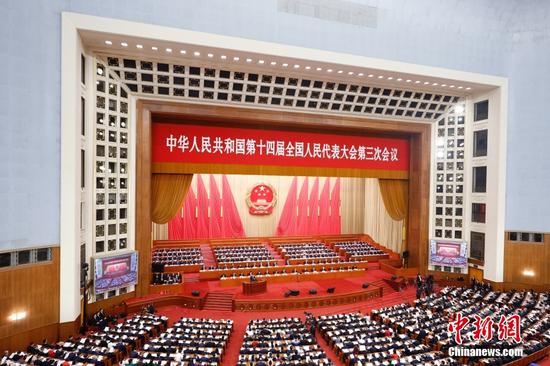
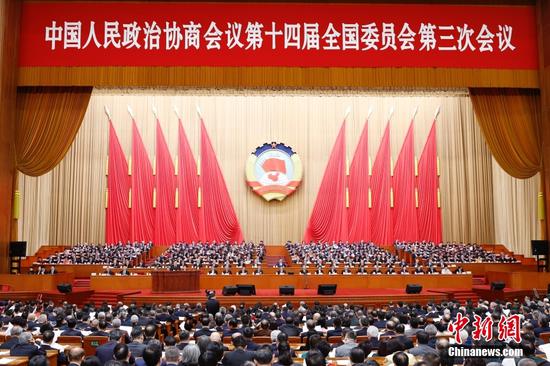
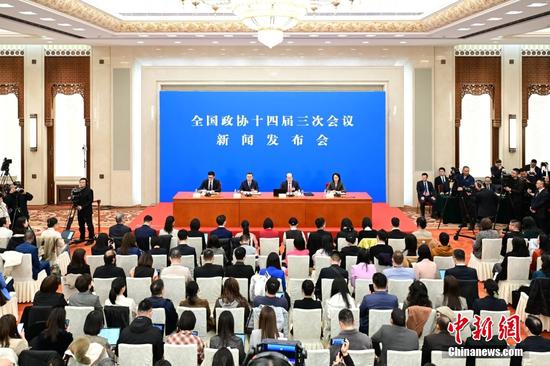



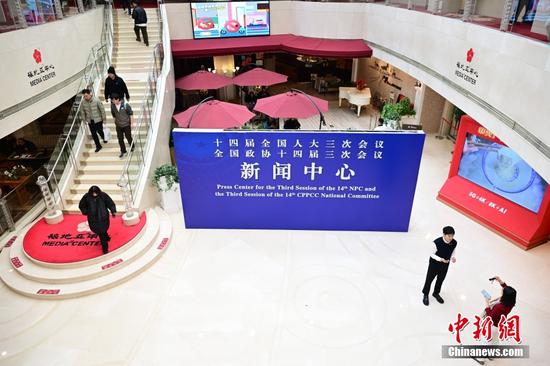
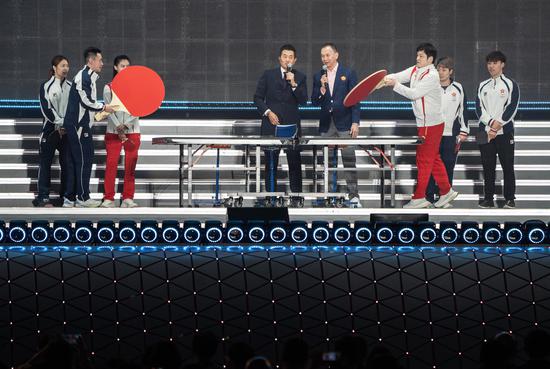
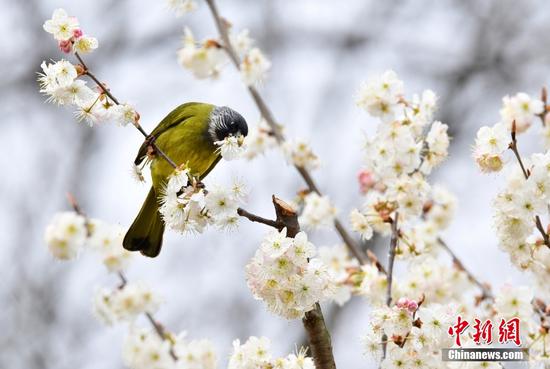




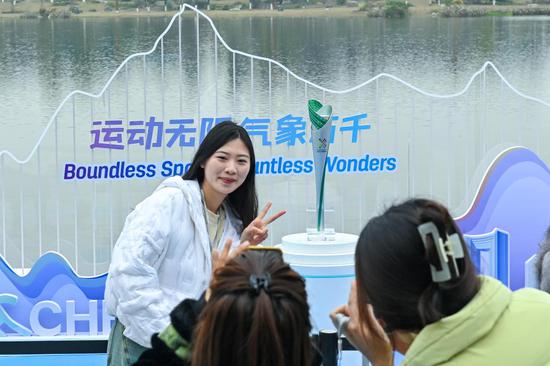
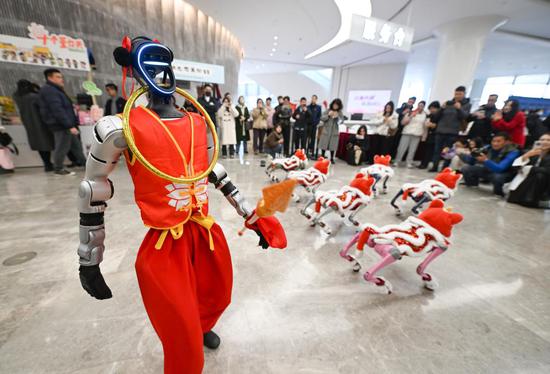




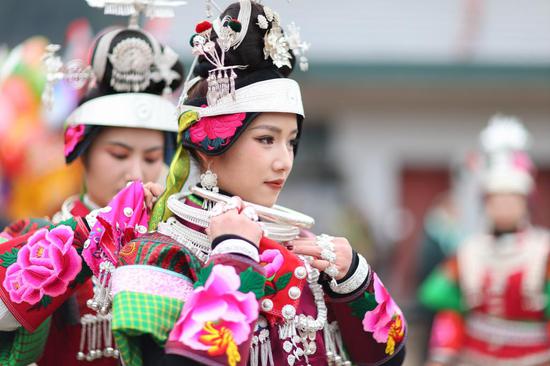


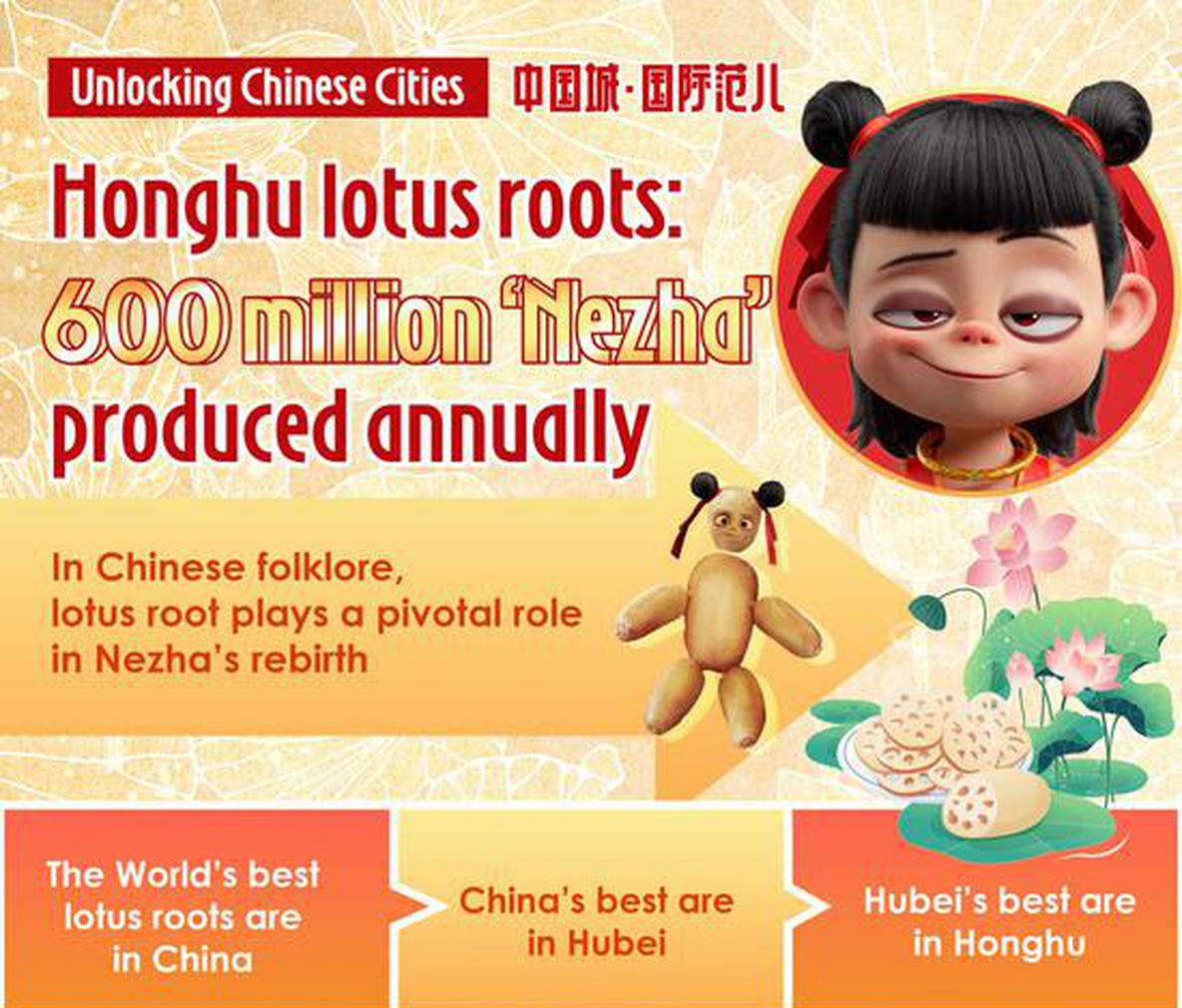

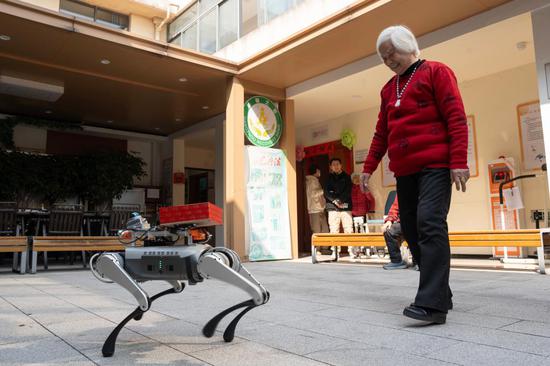






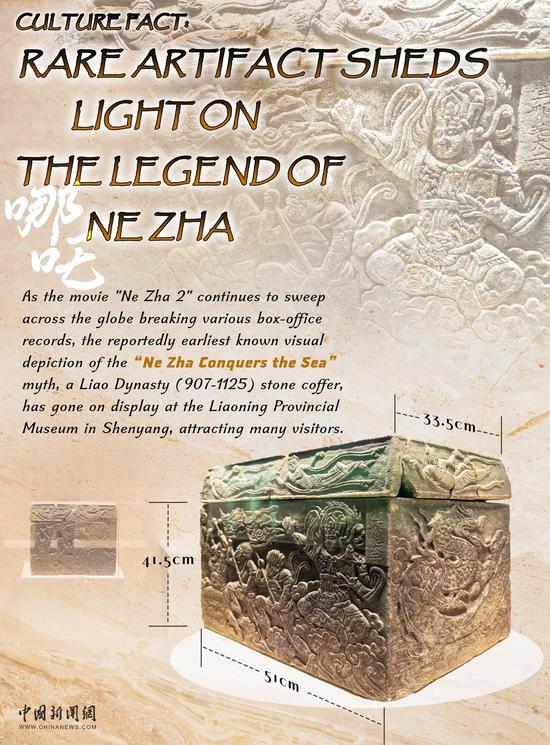
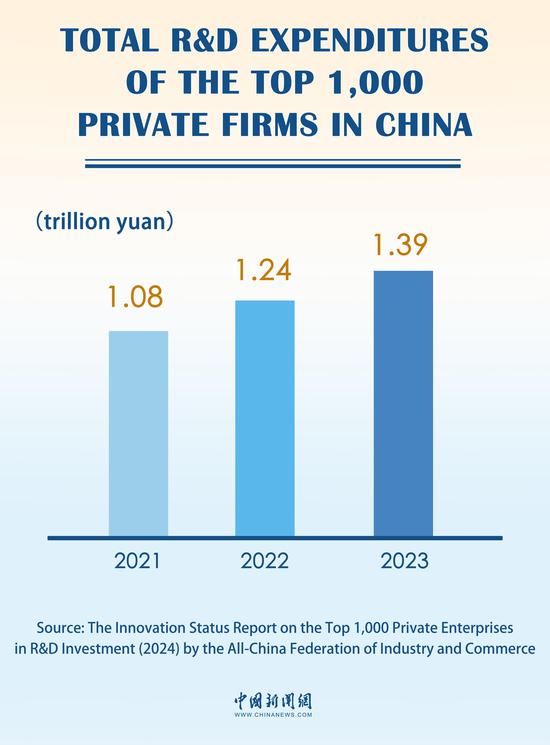

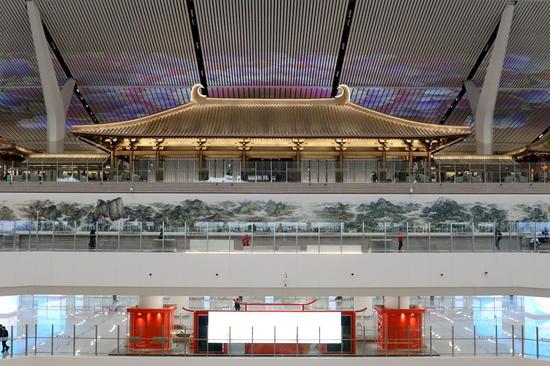

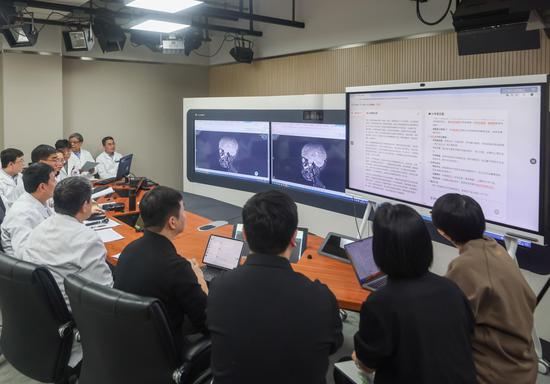



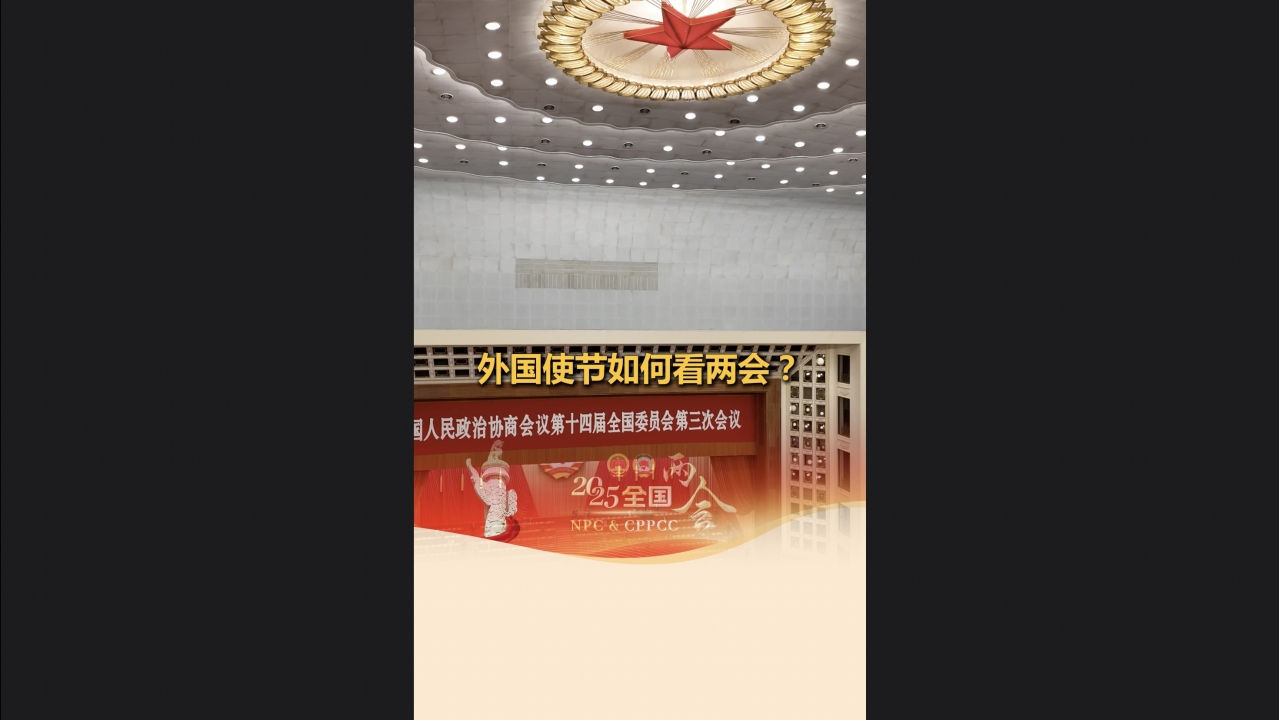

 京公網安備 11010202009201號
京公網安備 11010202009201號